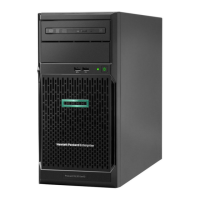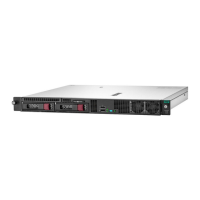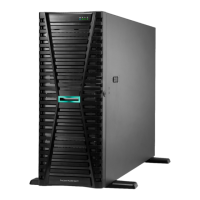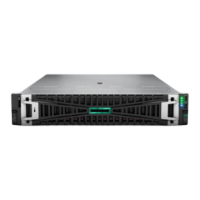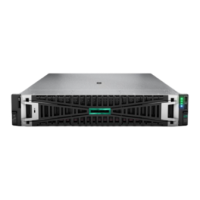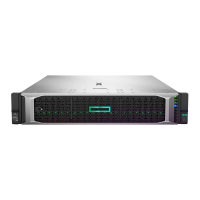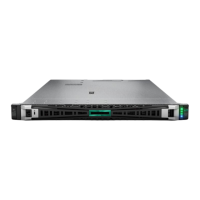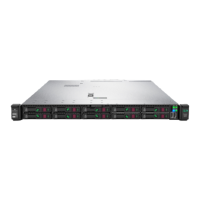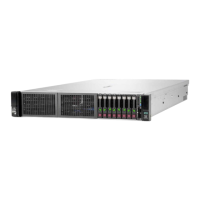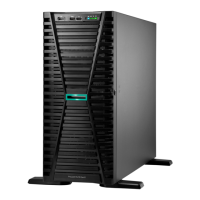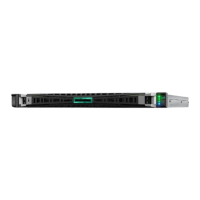Requirements Workload
Matching
Jitter Smoothing Core Boosting
Minimum System ROM
1.00 1.00 static
1.20 dynamic
1.40 optimizations
1.20
iLO firmware
1.15 iLO RESTful
API
1.30 iLO web
interface
1.15 iLO RESTful
API
1.30 iLO web
interface
HPE Innovation Engine Firmware
1.2.4 1.2.4
1
Select servers only; requires high performance heatsinks and fans.
2
Select Intel processors only.
Jitter Smoothing
For the past several years, server-class customers have seen processor-based performance increase
generation over generation. This increase is due in a large part to increases in core counts and more
efficient instruction set architectures. Unlike the preceding decades, the base frequency of the CPU has
stayed rather stable with performance improvements coming from increasing core counts and
architectural enhancements. However, processor vendors began to realize that not all workloads benefit
from increased core counts, so they introduced features that allow some cores to run opportunistically at
higher frequencies power headroom is available or other cores are underutilized.
Although these opportunistic frequency upsides can increase performance, they also introduce an
unwanted side effect. Frequency shifting itself introduces computation jitter, or nondeterminism, and
undesirable latency. Jitter and the latency associated with it create problems for several customer
segments. For example, high-frequency traders, who rely on time-sensitive transactions, cannot tolerate
the microseconds of delay that can be added non-deterministically to a trade caused by a frequency shift.
These delays over time can cost a trader upwards of millions of dollars. In other environments, servers
running RTOS (real-time operating systems) to control critical functionality also cannot tolerate random
latencies that happen when opportunistic-frequency features are left enabled.
The current trend for latency-sensitive customers is to disable the features that normally would result in
increased application performance because of the associated jitter. A trade executes faster if the
processor runs faster, but if it comes at the cost of random delay, the benefit of increased performance is
lost.
HPE has introduced Processor Jitter Control in its Gen10 servers to enable customers to achieve both
frequency upside and low jitter. This feature allows the customer to remove or reduce jitter caused by
opportunistic frequency management, which results in better latency response and higher throughput
performance.
NOTE:
• An iLO Advanced or iLO Advanced Premium Security Edition license is required to use this feature.
• Processor Jitter Control is available for Gen10 servers using Intel
®
Xeon
®
Scalable Processors.
Servers using AMD processors do not support this feature.
100 BIOS/Platform Configuration Options

